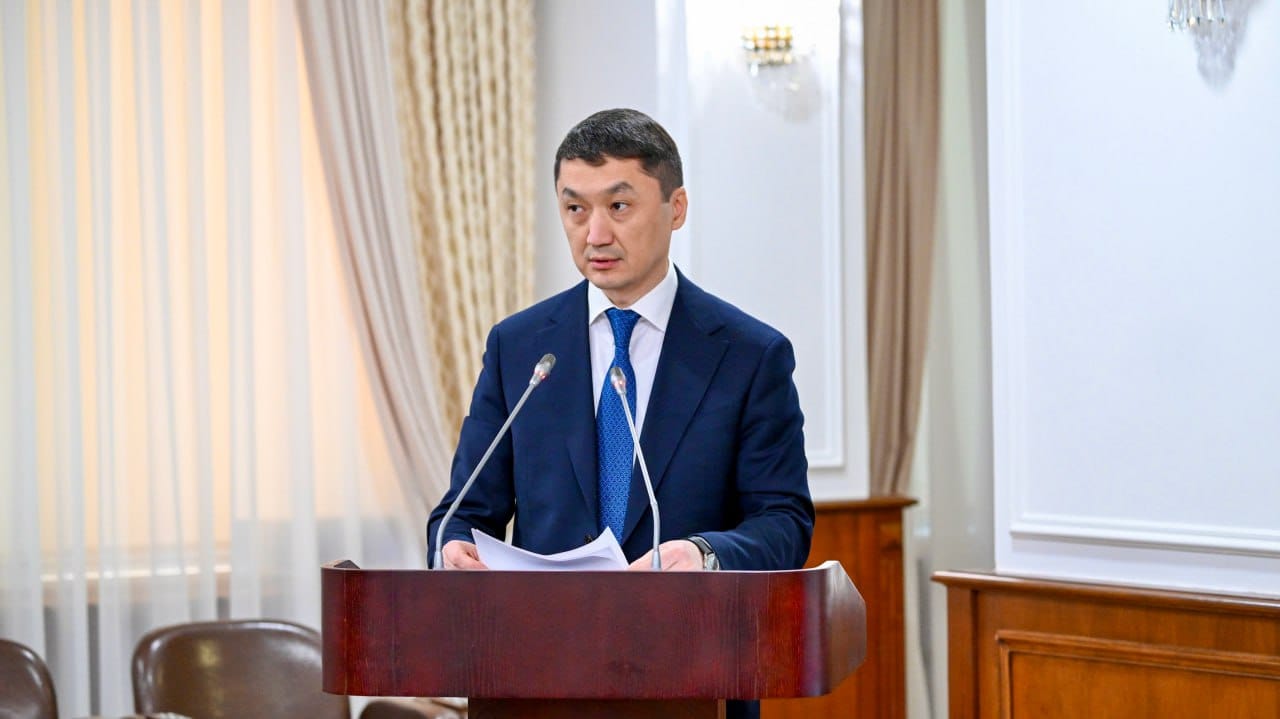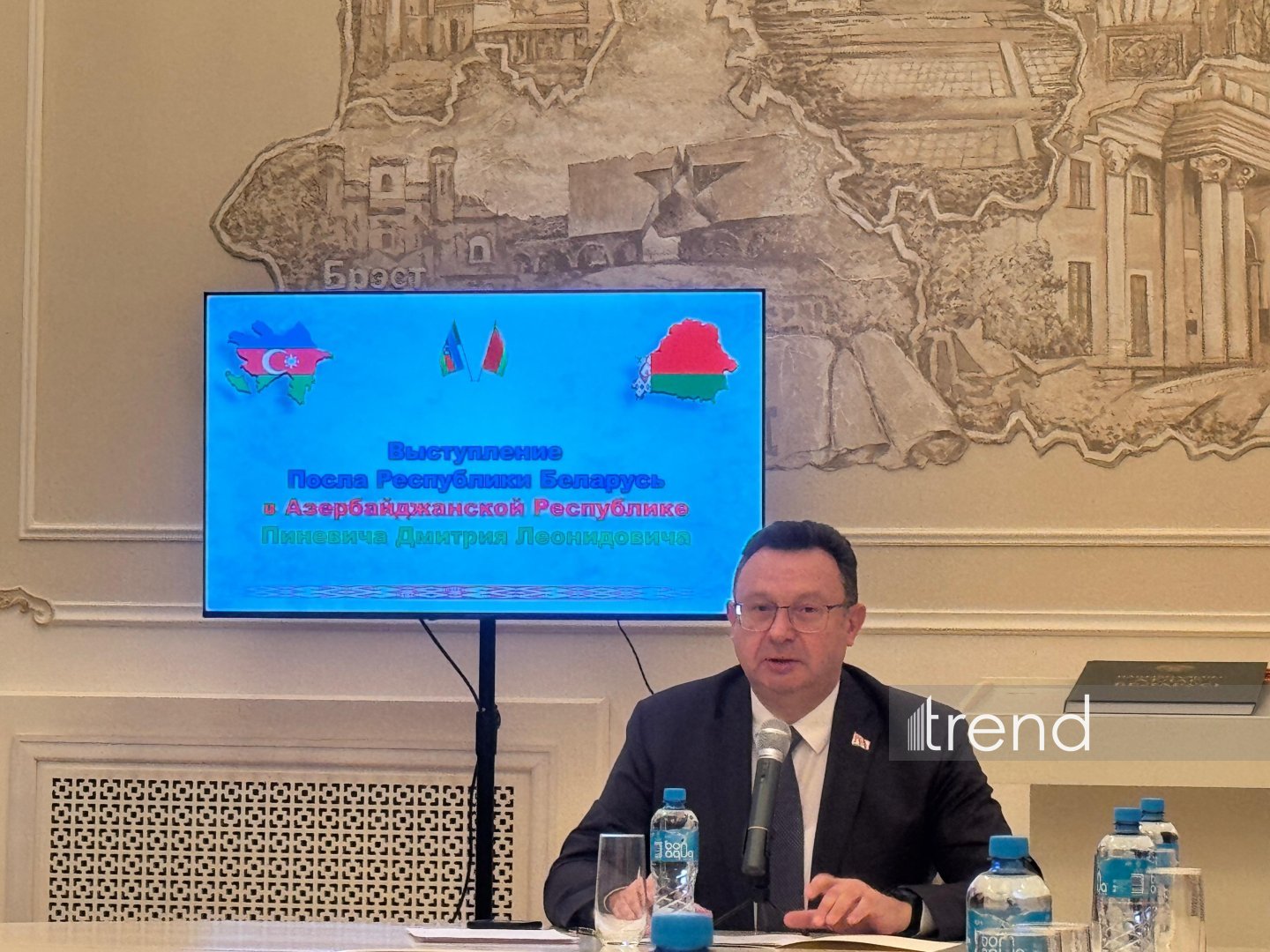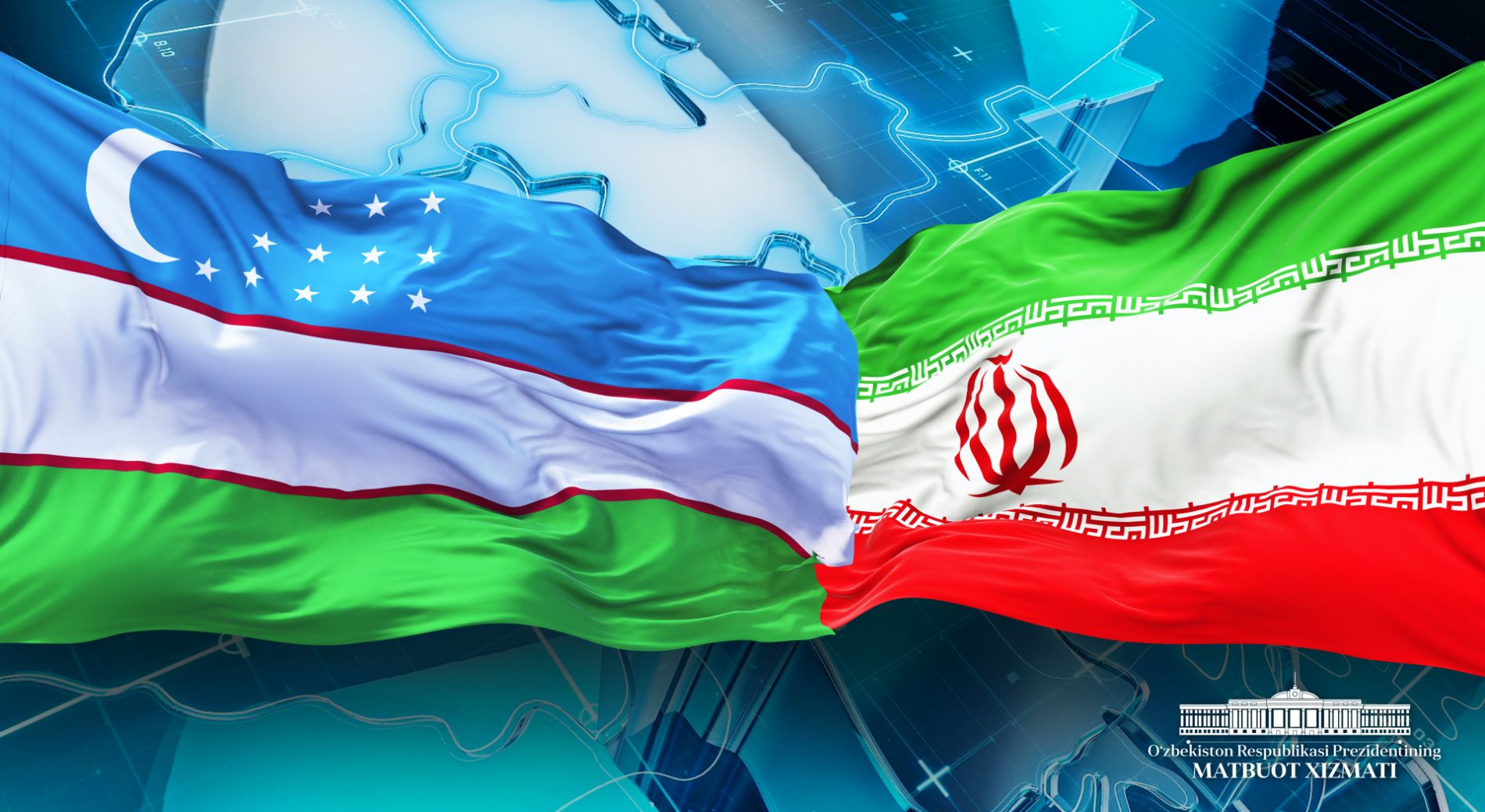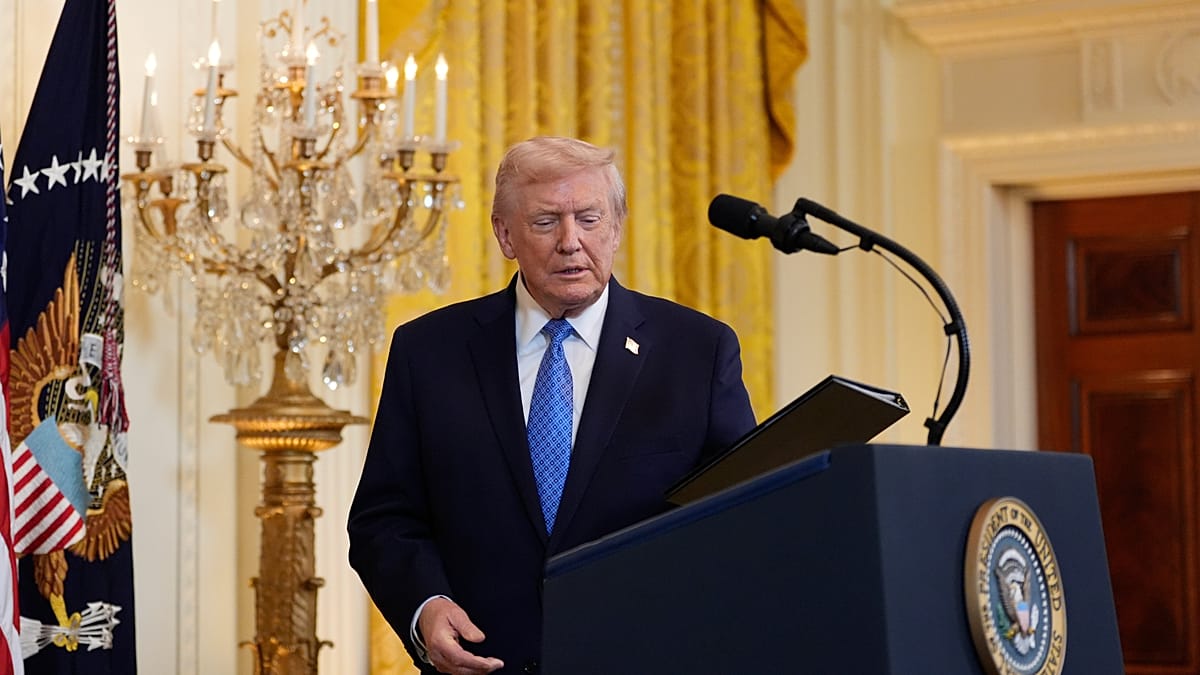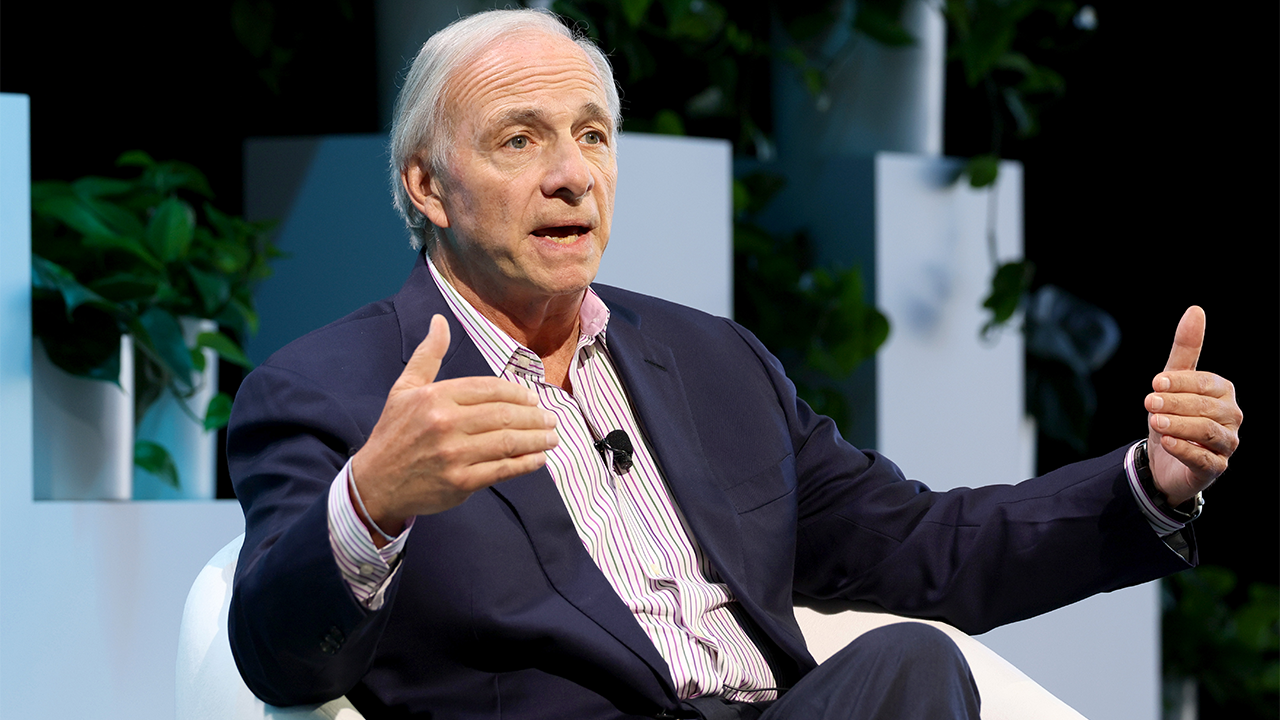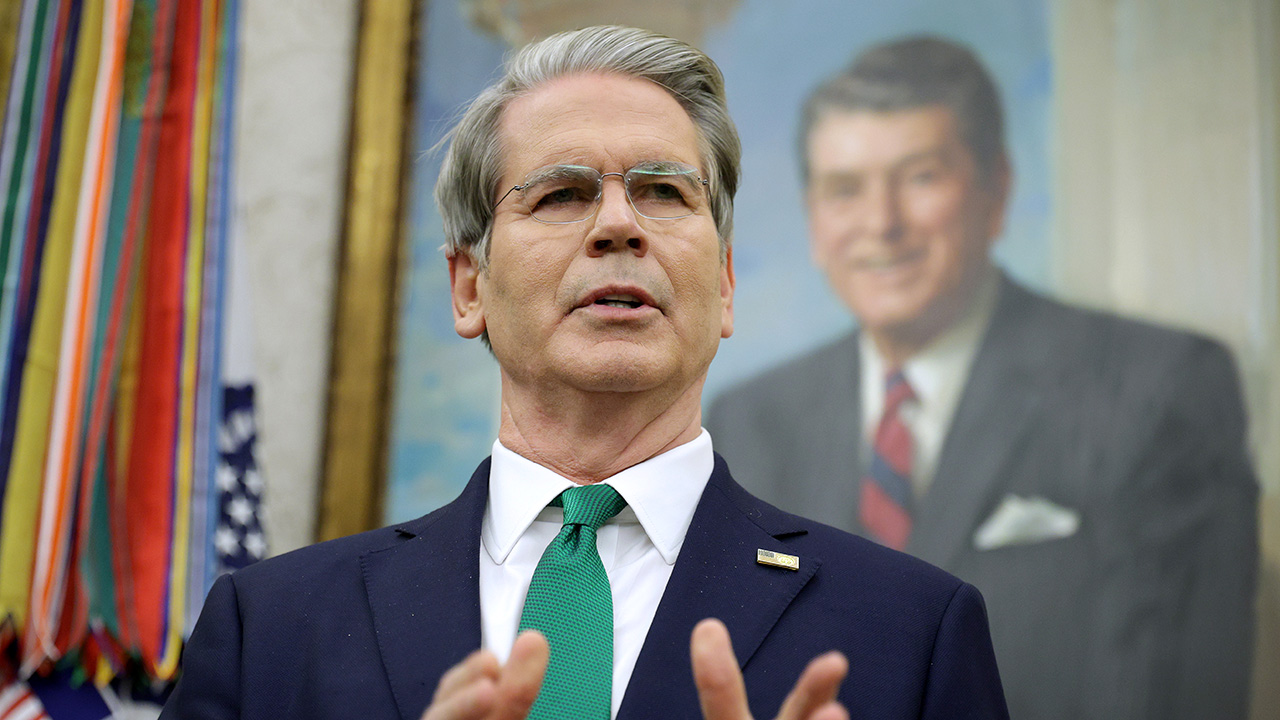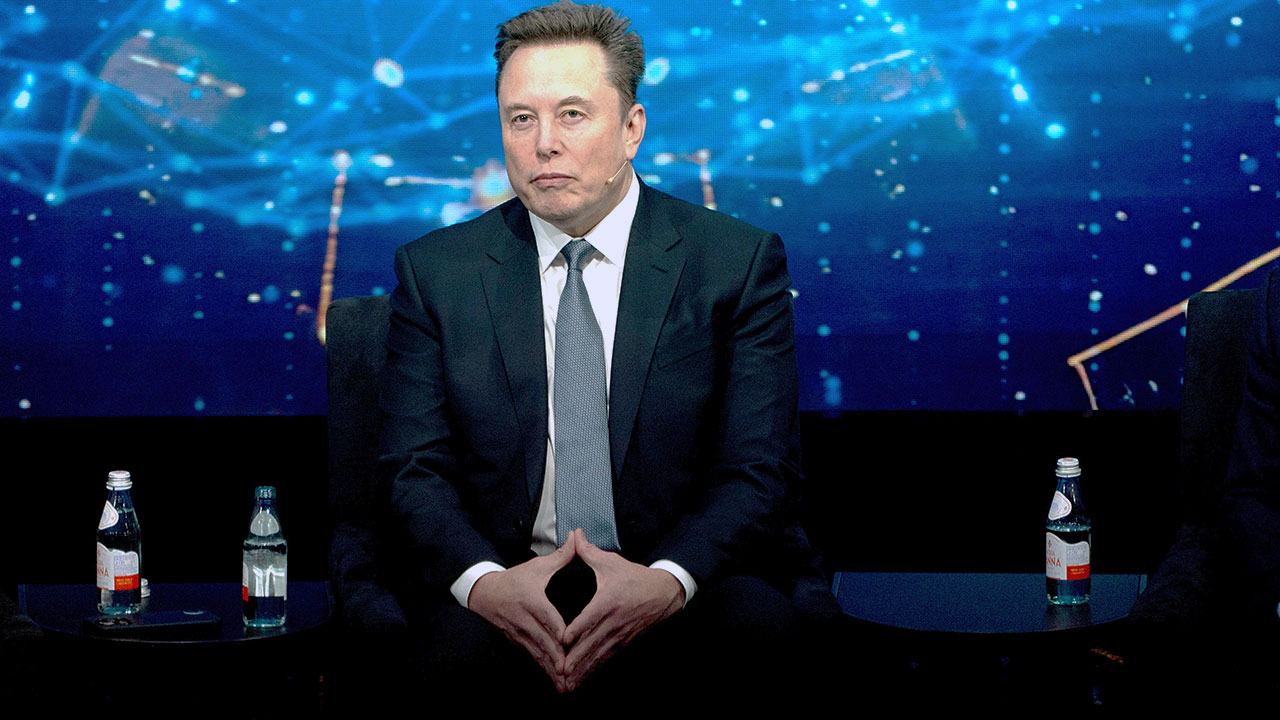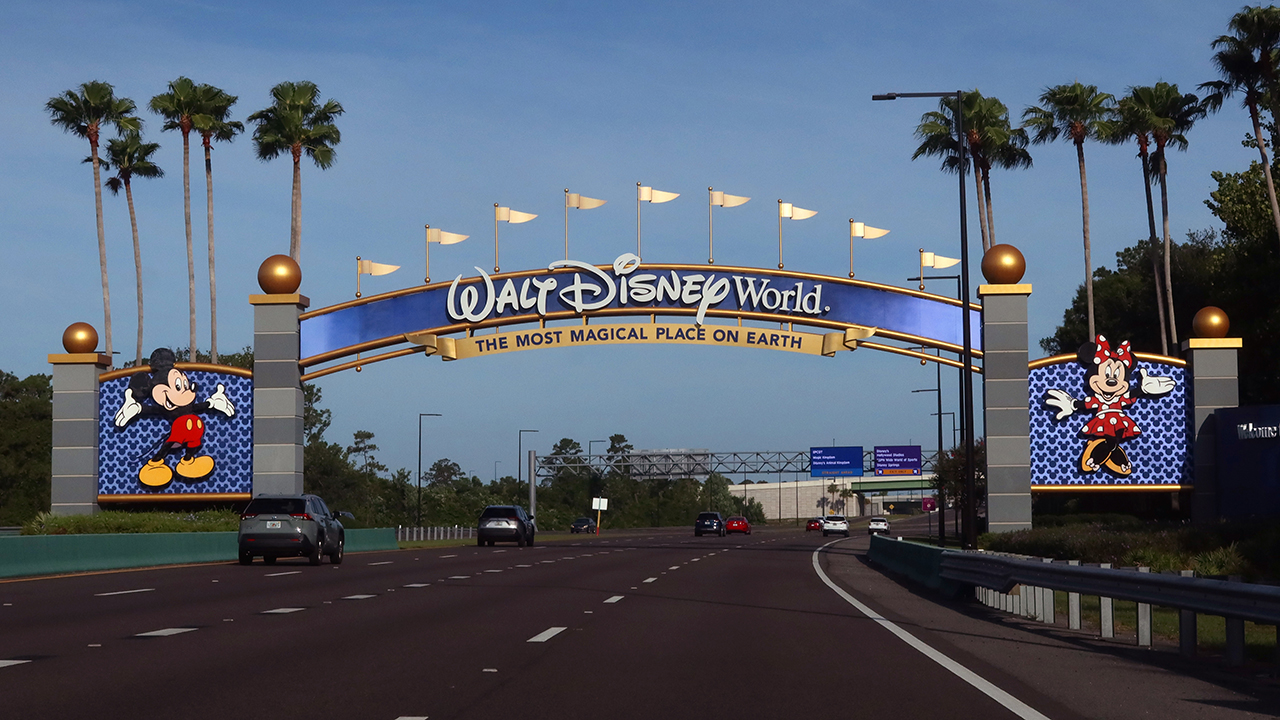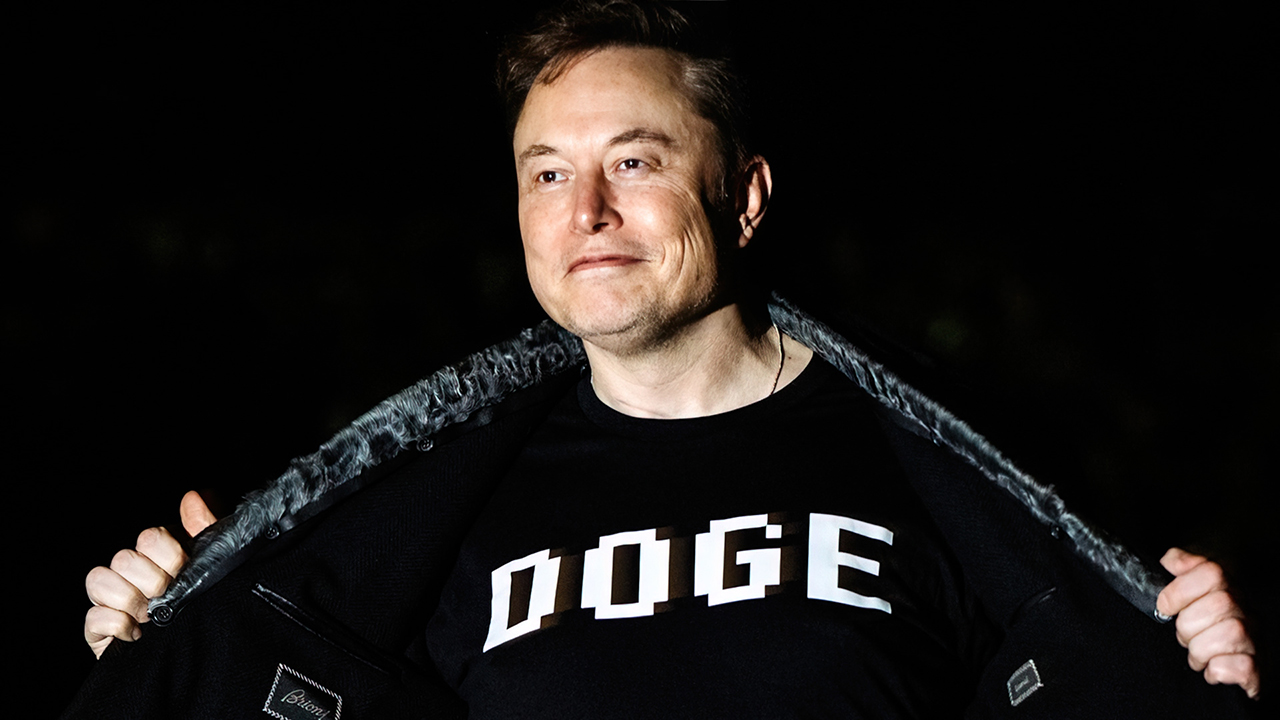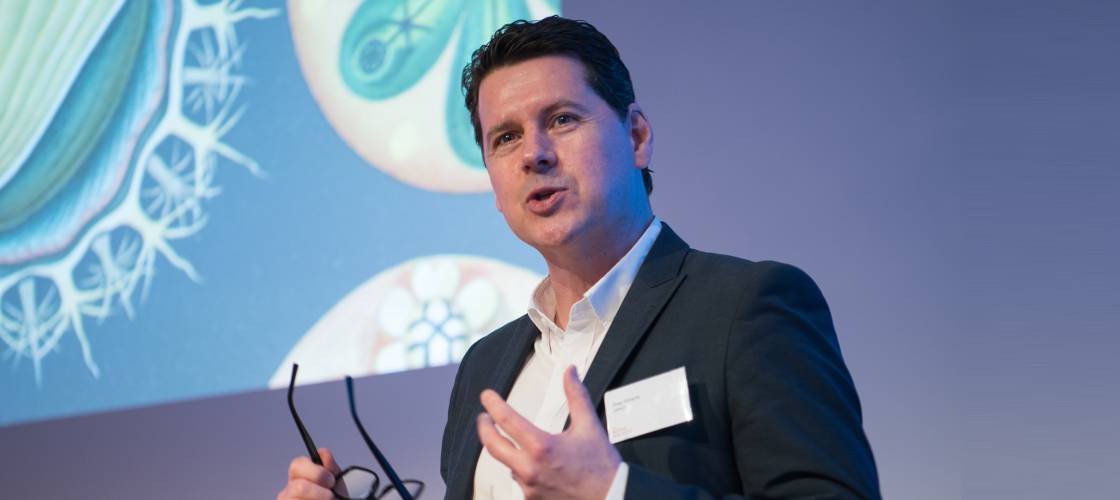Mandating Change to Achieve AI, XR-Driven Productivity Transformation


The global skills shortage, especially in key areas such as engineering, is well established. From critical infrastructure, including power and rail, to manufacturing, industries are wrestling with an ageing workforce, increasingly dated expertise and escalating compliance demands. Innovation is now imperative.
Technologies including Artificial Intelligence (AI) and Extended Reality (XR), are not only key to improving skill sets, enabling real-time collaboration and transforming engagement with the next generation, they are vital in transforming downtime into rapid asset recovery. Digital twinning is the foundation for transforming operational insight and responsiveness. These technologies are being advocated by both governments and the c-suite. They are also avidly embraced by the next generation looking for a more exciting workplace experience. With the right approach, organisations can quickly create an environment where skills are transferable, operational requirements are immediately understood and individuals can undertake any task, anywhere, at any time.
Philip Pauley, CEO, PAULEY, explains how organisations can deliver innovation that will not only improve operational agility and performance but, critically, provide a foundation for the next generation of engineers across industry.
Productivity Opportunity
The predicted shortfall of one million engineers by 2030 across the UK is a concern, threatening major infrastructure projects, such as HS2 as well as crucial infrastructure such as hospitals and utilities. Young, talented individuals are not attracted to industries still reliant upon dated technologies and dull career paths. They want and expect to use innovative technologies and have the chance to build skills in more than one job role. They are comfortable with AI and XR and relish the chance to collaborate virtually with AI avatars to get the job done.
At a top level in both government and business, leaders also want change. They are asking for innovation. They are demanding investment in digital transformation and AI. Indeed, the Government’s Industrial Strategy 2025
commits to ‘scaling up innovation and automation, with increased deployment of state-of-the-art technologies, industrial robotics, AI, digital twins and Internet of Things.’ Digital twinning will improve understanding of system performance against operational parameters and provide essential insight into day-to-day activity, delivering the next level of future proofing key for critical infrastructure. Furthermore, there are clear opportunities to embed augmented technology, including Extended Reality and AI, within every step of the RIBA Plan of Work, which provides a clear process for designing, constructing, operating and decommissioning building projects.
Transforming Operations
The foundations are in place. It is now imperative to evolve from a commitment to innovate and achieve tangible change. Training and career development is a vital step to improve the motivation and engagement of young talented individuals. Replacing outdated processes and archaic technology with AI and XR can quickly transform the engagement with digital natives, improving both performance and employee attraction and retention.
Bringing AI and XR together in day-to-day operations, has the potential to transform immediate operational productivity and, critically, create vital engagement with the next generation of engineers. Rather than the tortuous process of decoding fault messages or trawling through lengthy manuals, an AI-XR system can pinpoint the issue immediately for engineers. It can also suggest a fix and guide them through the repair with clear, visual step-by-step instructions. In sectors such as rail, nuclear, defence and aerospace, where every minute matters, speed and clarity can make a real difference by significantly reducing downtime.
What makes this approach particularly effective is the role of AI avatars as co-workers rather than replacements. Acting as collaborative assistants, AI avatars help to bridge the gap between training, maintenance and operations, areas that have traditionally been siloed and handled in isolation. By linking immersive learning with real-time operational data, the technology creates a continuous flow of knowledge that supports teams in any environment.
The shared visualisations enabled by augmented technologies completely change the learning experience. Individuals able to walk around, view and interact together gain enormous benefit from peer-to-peer experiences. They not only learn more quickly and gain confidence in embracing new tasks but also collaborate effectively to deliver tangible operational gains.
Future Proofing
By supporting human expertise rather than competing with it, AI-XR helps to unlock corporate knowledge, enabling anyone to access the insight they need, exactly when they need it. These technologies allow individuals to embrace a diverse skill set, moving away from the traditional constraints of single role expertise, thus broadening the appeal to a younger generation.
Combining digital twins with AI-XR adds further benefits. Predictive maintenance alerts, real-time data visualisation, and holographic overlays enable early problem spotting, easing supply chain pressures and providing decision makers with continuous insight. The result is faster recovery, less disruption and greater resilience across critical infrastructure.
Looking ahead, the convergence of spatial computing, digital twins, and AI points to a future where complex processes are made simple and intuitive for those on the ground. By turning information into intelligent, spatial experiences, organisations can streamline efficiency, cut downtime and improve safety, empowering people to understand and operate entire systems, and not just individual components.
Conclusion
Change is happening. The government is encouraging digital innovation. The c-suite increasingly recognises the power of new technologies to drive change. And, critically, a new generation of digital natives excited by AI and XR technologies is poised to replace the ageing and retiring workforce. This generation will have a new way of working, leveraging technology to do any role and work more efficiently, anywhere, anytime.
Organisations that commit to transformational change will gain both immediate improvement and create a foundation for long term success. Committing to digital transformation, including AI, XR and digital twinning, will not only improve productivity; it will also underpin sustainability goals, drive down costs and improve the essential recruitment and retention of digital natives.
The post Mandating Change to Achieve AI, XR-Driven Productivity Transformation appeared first on European Business & Finance Magazine.
